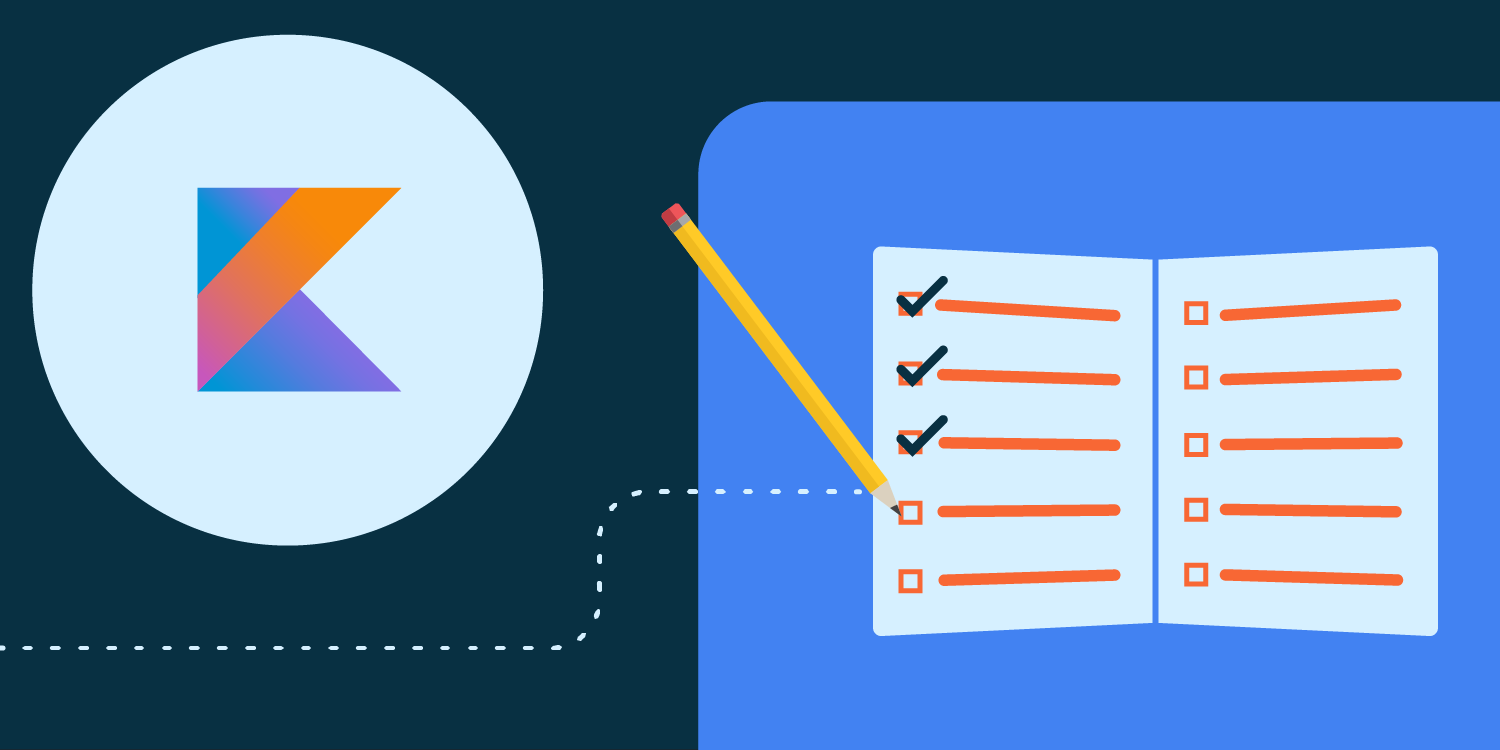Cross-browser testing is exactly the type of testing that requires a lot of effort and time. Testing a web application in various browsers, operating systems, devices, screen resolutions in order to evaluate the rendering of your web content for a wide audience is a serious task. Especially if you do it manually. Automated cross-browser testing with Selenium will help you save time on routine actions and reduce the time of regression testing. However, people don’t like change. If manual testing is popular in your organization, management is likely to have questions when you suggest implementing test automation.
Test automation, although extremely profitable, is potentially expensive. Is the game worth the candle? This is one of the questions that you may face when you convince senior management. As you develop your web application, you will need to provide an effective return on investment (ROI) from test automation with Selenium, highlighting the benefits of such automation for cross-browser testing of web applications, namely, faster work and less manual labor.
In this article, we will discuss various metrics for evaluating ROI from test automation with Selenium, as well as methods for calculating ROI, from the basics to advanced methods.
Metrics to measure ROI from test automation with Selenium
You and your team members can select specific metrics and dimensions that will help you analyze ROI from test automation with Selenium as you plan to start automated testing of your web application from scratch. Metrics may vary from organization to organization. Why? This is a matter of priorities, as there are various metrics such as the number of defects (errors) found, time spent and test coverage that directly affect the risks, cost, quality and delivery schedule of your product. Some organizations may prioritize the quantity of defects found, as they believe quantity translates into quality. Some people think differently, because quality is fundamental to them. What do you choose? What do you think is more important: quality or quantity? You can write your thoughts in the comments.
Well, now defining the key metrics for calculating ROI from test automation with Selenium will be critical to you as they need to be determined before you enter into a discussion with senior management.

Detect areas to be automated
It is well known that testing cannot be fully automated. How much you can automate cross-browser testing is a tricky question. If you decide to implement automated cross-browser testing for your web application, you will need to prioritize, that is, which browsers and operating systems the tests should cover. You won’t be able to cover all the scenarios anyway. The total number of possible scenarios can be hundreds or thousands of tests. If your automation script is going to take a long time, it will inevitably have a negative impact on the total amount of time you will spend each day testing your web application or website.
In short, you have to compare the total number of automated test cases and the number of test cases where you can apply automation.
In case you want to reduce the execution time of complex test suites, you can use parallel testing with Selenoid(Selenium Grid). This way you will be able to run multiple test scripts at the same time. However, here you have to think about how many concurrent or concurrent sessions will be enough to meet the given requirements. You can calculate this with the concurrency calculator.
Improving this metric means teams can quickly find the bug and fix it, resulting in lower risk and higher ROI from test automation with Selenium.
Calculate correct ROI for the QA Automation
Depending on the number of regression cycles that must be performed during the project lifecycle, the ROI can be positive. ROI is usually calculated using the following formula:
ROI = (Manual QA Cost – QA Automation cost) / QA Automation cost
However, with the advent of Agile and DevOps, the classic method no longer works. Moreover, such a measurement is unrealistic, since the number of manual tests cannot match the number of automated ones. Calculating the correct ROI from test automation in the case of Selenium based on quantity is not preferred, but it is still used.
Action Items For Maximum ROI On Test Automation With Selenium
By far we realize the common mistakes, metrics for calculating ROI on test automation with Selenium. What comes next? The execution part. What is the best way to get the maximum ROI on test automation with Selenium? Well, here are a few noteworthy actionable insights to help you derive the maximum profit from test automation.
Implement Automation For New Test Cases
This is a very important factor to consider, especially if you are switching from manual to automation. Let’s suppose you are introducing Selenium WebDriver for automated cross browser testing in your organization.
- Calculate the number of test cases which are required to be automated
- In this step, check which ones should be automated and which ones should remain manual.
- Don’t convert every test case for automation. There are some things which should only be tested manually.
- Calculate the hourly cost of the testers who are executing your test cases.
- If some testers have no experience in automation, calculate the training cost as well.
Prioritize The Process Of Automating New Test Cases
We all know that regression testing is always kept at top priority, especially when it comes to visual regression testing of a web application across different browsers to check its cross browser compatibility.
Advanced ROI Calculation Techniques
Now that we have covered the basics, let’s get to know the advanced techniques used for calculating ROI.
Efficiency ROI

Src: https://www.cartoonstock.com/directory/r/return_on_investment.asp
Since automation test cases can run all day long, ROI calculation is performed in terms of days. On the other hand for manual testing, only the working hours of a tester is counted, which is on an average, 8 hours. The formula, which forms the base of calculating ROI is
(a) Automation test script development time = (Hourly automation time per testNumber of automation test cases)/8
(b) Automation test script execution time = (Automation test execution time per testNumber of automation test casesPeriod of ROI)/18
(c) Automation test analysis time = (Test Analysis timePeriod of ROI)/8
(d) Automation test maintenance time = (Maintenance timePeriod of ROI)/8
(e) Manual Execution Time = (Manual test execution timeNumber of manual test cases*Period of ROI)/8
Note: Period of ROI is the number of weeks for which ROI is to be calculated, Divided by 8 is done wherever manual effort is needed. Divided by 18 is done wherever automation is done.
In Efficiency calculation, the primary focus is on how much effective automation testing is to the organization. The money factor is considered secondary and it is not mandatory to include the tester’s hourly billing rate.

